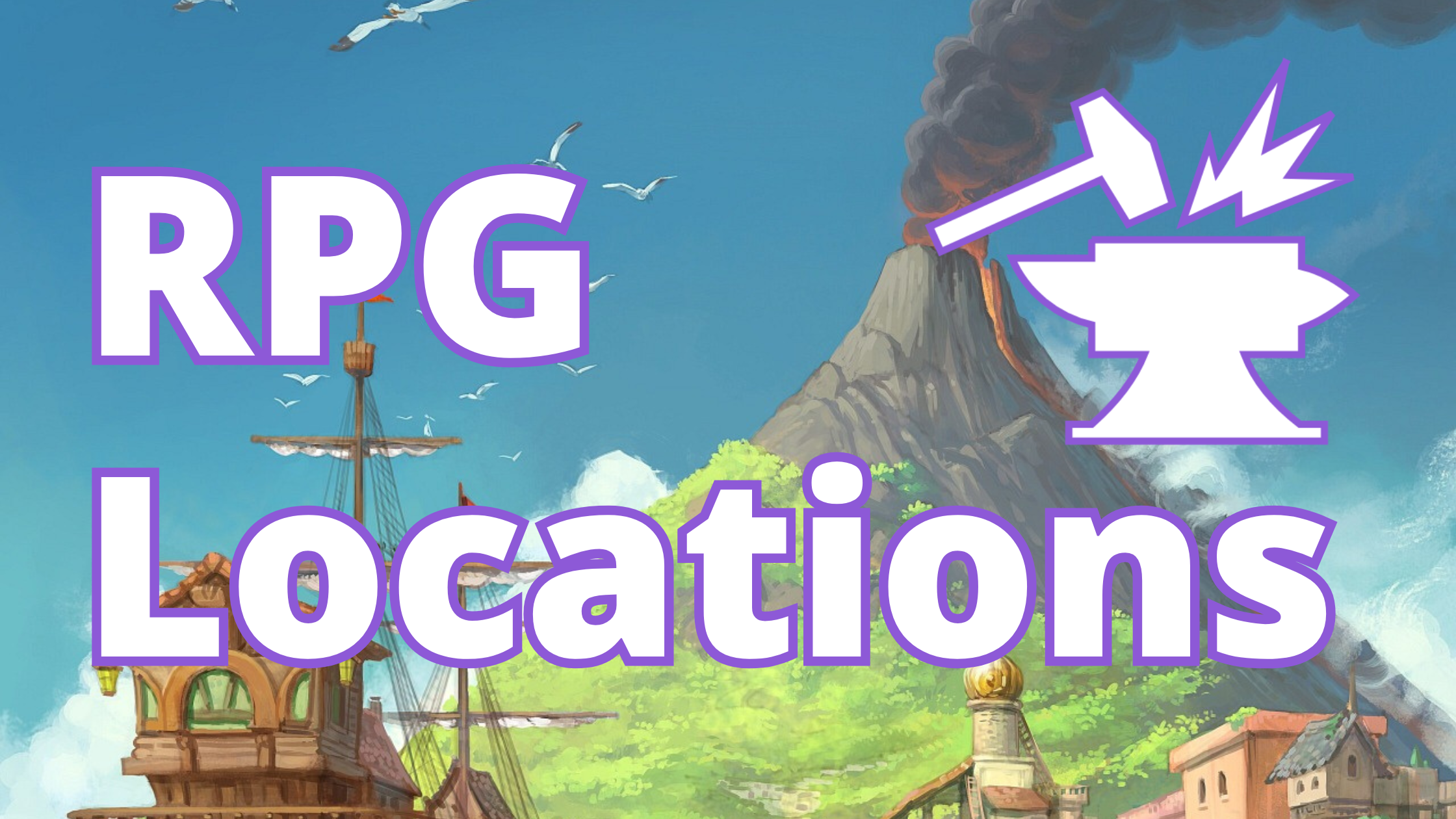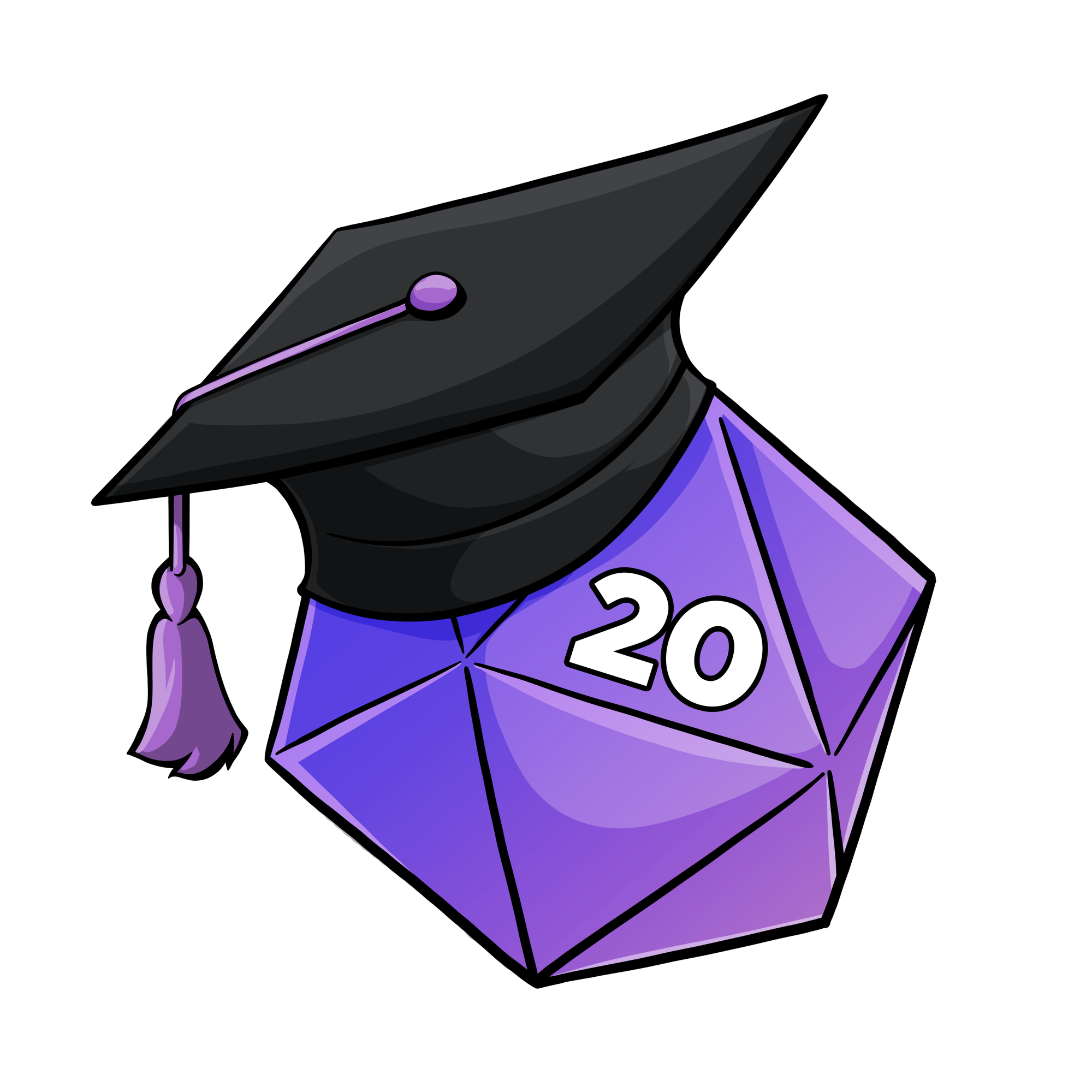How to Build Fantastic Locations for D&D
Fantastic locations often become the most memorable part of our adventures. Here's how to have more fun building locations that matter.

Fantastic locations are a key ingredient in tabletop roleplaying games like Dungeons & Dragons. After all, locations often become the most memorable part of our adventures. But building these locations often results in too much effort for too little payoff. Here's how to have more fun building locations that matter.
One Defining Trait
Memorable locations start with a simple thing, blown up to be the defining trait. One thing is easy to design and remember. Think of a lost cove with a massive wrecked ship, a ruined courtyard with a giant sundial, or a wizard's study filled with brains in jars.
One defining trait gives the game master something to focus on and inspire around when writing a location. That wrecked ship is probably filled with treasure. The giant sundial inspires opportunities to play with light and shadows. The wizard's study begs the questions of whose brains are these and why are they in jars?! Remember to always use your best ideas now.
Familiar
Familiarity fills in a lot of the gaps in our players' minds. Rather than spending five minutes to describe some foreign concept of burial via hanging seed pods, we can just use a graveyard. While alien architecture might be fun in theory, stone pillars and obelisks do a lot more heavy lifting in our players' imaginations. Start with familiar elements to pull players into the scene.
Functional
Why is this place here? Things need a clear purpose for being where they are, both in the world and the adventure. That's where function comes in. The function may be long gone when traversing a dungeon. Empty rooms abound but hints of lore can reveal interesting legends. The function of a tavern is pretty clear but why are the ruins where they are? Did they serve as an old outpost or temple?
Function also helps move the story forward. The tavern isn't just entering the story to show off where the townsfolk drink. It's where the next piece of the quest puzzle is. When player characters go beyond the plot, function keeps things moving forward. Think through the functional aspects of locations to add an extra layer of verisimilitude.
Fantastic
With functional and familiar locations, we can now add fantastic elements. Simple gimmicks or location aspects work well. Those pillars and obelisk from earlier? They're thrumming with arcane runes and fiery lightning. That graveyard? The headstones hover above the ground. When fantastic elements are coming up short, we can activate cheat mode:
- Make it older
- Make it bigger
- Make it more dangerous
- Make it the only one
That wrecked ship from earlier? It's large enough that giants could've sailed on it. The wizard's study? He's the only wizard in the entire kingdom. And he happens to be 5000 years old. Instantly fantastic.
Details
Little details provide the extra bit of glue to bring locations together. Adding a small detail or two to room descriptions can transport the players into the space. The moisture running down the dungeon walls or the crunch of bones underfoot is enough to send some players through the roof. Not all details need to be prepared. With a mindset shift, we can treat everything as something, further enhancing the suspension of disbelief.
Change
If we want to get the most out of our locations, have player characters revisit them. In living worlds, locations change. And stopping by your favorite tavern only to find a new owner reinforces that. Maybe the obelisk from before is now cracked. Or the wizard himself is now a brain in a jar.
Fantastic locations are critical to our games but often difficult to design. With a focus on the right framework, we can consistently deliver fun and engaging locations. Start with something simple, blown up to be the defining trait. Make the location familiar, functional, and fantastic. Ready little details and evolve it over time.
Game on.
This article was inspired by notes I have from an old adventure building workshop that happened at Gencon in 2010. It featured Rodney Thompson, Bruce Cordell, and Chris Perkins.
